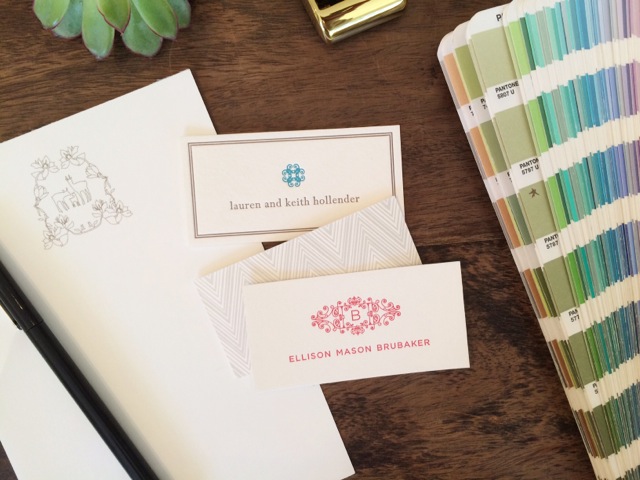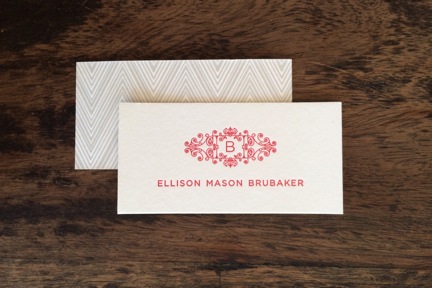
The history of calling cards is quite a fascinating one, and while originating in China in the 15th century, they later became popular with the aristocracy and nobility of England from the 17th-19th centuries. It’s not surprising to learn that calling cards were one of the original forms of networking. In fact if someone was interested in developing a relationship with another person in town, they would pull up in their carriage and have a servant drop off their calling card for them. A folded corner meant it was delivered in person, and if the recipient sent back their calling card it meant they were interested in getting to know the initiator better. However, if they didn’t send back a card, or if they sent back a card in an envelope, it meant they should keep their distance.

Calling cards were also used as a form of communication and served in place of in person contact when someone was unable to attend an event or social gathering. French abbreviations such as “p.f” (pour féliciter – giving thanks), or “p.c” (pour condoléance – a phrase used in times of mourning) were often written on the calling cards symbolizing the persons thoughts or well wishes when they couldn’t tell them in person.
We are often asked to create calling cards for our customers at Lettered Olive, and have so much fun customizing them in ways that weren’t possible in the 18th century. They can be more personal than business cards and we enjoy playing with pattern, prints, paper options and ink colors. And of course you can’t go wrong with letterpress!






One Response to A Short History of Calling Cards